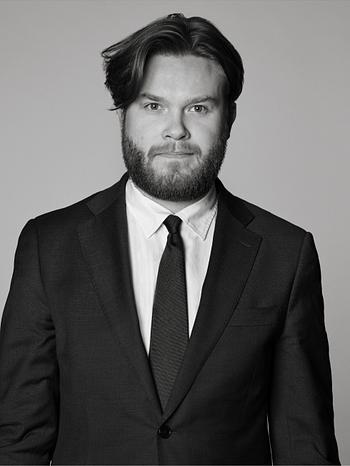Carl Wilhelmson
'Höstdag" (Fiskebäckskil)' (Autumn day, Fiskebäckskil)
Signed C. Wilhelmson. Executed in 1915. Canvas 50 x 62 cm.
Alkuperä - Provenienssi
Earlier in the collection of Mr. Emil Hultmark, Ph.D. , Stockholm.
Näyttelyt
Liljevalchs konsthall, Stockholm,"Konstnärsförbundet", May - June 1916, no. 594.
Malmö, Sweden, 1916.
Uddevalla, Sweden, 1916.
Copenhagen, 1918.
Gothenburg, 1918.
XII Esposizione Internationale d’Arte della Città di Venezia, 1920, no. 990.
Stockholm, 1922
Liljevalchs Konsthall, Stockholm, "Carl Wilhelmson - Retrospektiv utställning", 3 - 25 February 1934, no. 295.
Kungl. Akademien för de fria konsterna, Stockholm, "Emil Hultmarks samling", 1942, no. 196 (under the title "Fiskebäckskil").
Kirjallisuus
No 272 in the artist's own catalogue (under the year 1915).
Maj Sterner, 'Fil. dr. och Fru Emil Hultmarks hem, Birger Jarlsgatan 32, Stockholm', article in "Svenska hem i ord och bilder", 1936, mentioned and illustrated in interior photo, half page p. 170.
Axel L Romdahl, Carl Wilhelmson", SAK, 1938, catalogued under year 1915, no. 469.
Muut tiedot
Verso a study for 'Dans'.
On New Year's Day 1890, Carl Wilhelmson traveled to Paris, where he stayed until 1896. Despite his extensive stay, Paris would never become Wilhelmson's paradise. He longed for home in Fiskebäckskil with its inhabitants, sea and cliffs. In the summers, with the money he had saved up, he usually went home to Sweden and the west coast. There Wilhelmson could work undisturbed without having to worry about his daily bread. But it was not only the peace and quiet that was important; in the small fishing community he also found a wealth of models, not least from his own family, and lots of motifs and inspiration.
Like Karl Nordström, another of our Paris Swedes, Wilhelmson was not a city dweller; the only summer he remained in France, in 1893, he traveled to Brittany. Not only because this picturesque coastal landscape contained so many grateful motifs for a young painter, but also because it was in a way a substitute for the barren but beloved Swedish west coast.
The time in Paris gave Wilhelmson many influences and impressions, but without really contributing to the style that would become his hallmark, the depiction of folk life. Above all, Wilhelmson painted life and people in the small fishing community of Fiskebäckskil. The current catalog number is an exciting example of how Wilhelmson's style of painting eventually changed to a more pointillist brushwork.




























